Problem that the Biros Robot is Solving
In disaster scenarios, particularly during events like earthquakes, search and rescue teams often encounter a multitude of challenges that significantly hinder their mission. Among these challenges, the issue of accessing confined, hazardous, and structurally compromised spaces stands out as a pivotal and often life-or-death problem.
- Limited Accessibility
- Safety Concerns
- Time Sensitivity
- Coordination and Communication
Solution Provided by the Biros Robot
This Snake Robot offers an innovative and multifaceted solution to the challenges posed in disaster scenarios, especially during events like earthquakes. It is designed to tackle these challenges effectively through its unique features and capabilities.

We Created Two Version of the Biros
- Version (Biros Gen 1)
.jpeg)
- Version (Biros Gen 2)
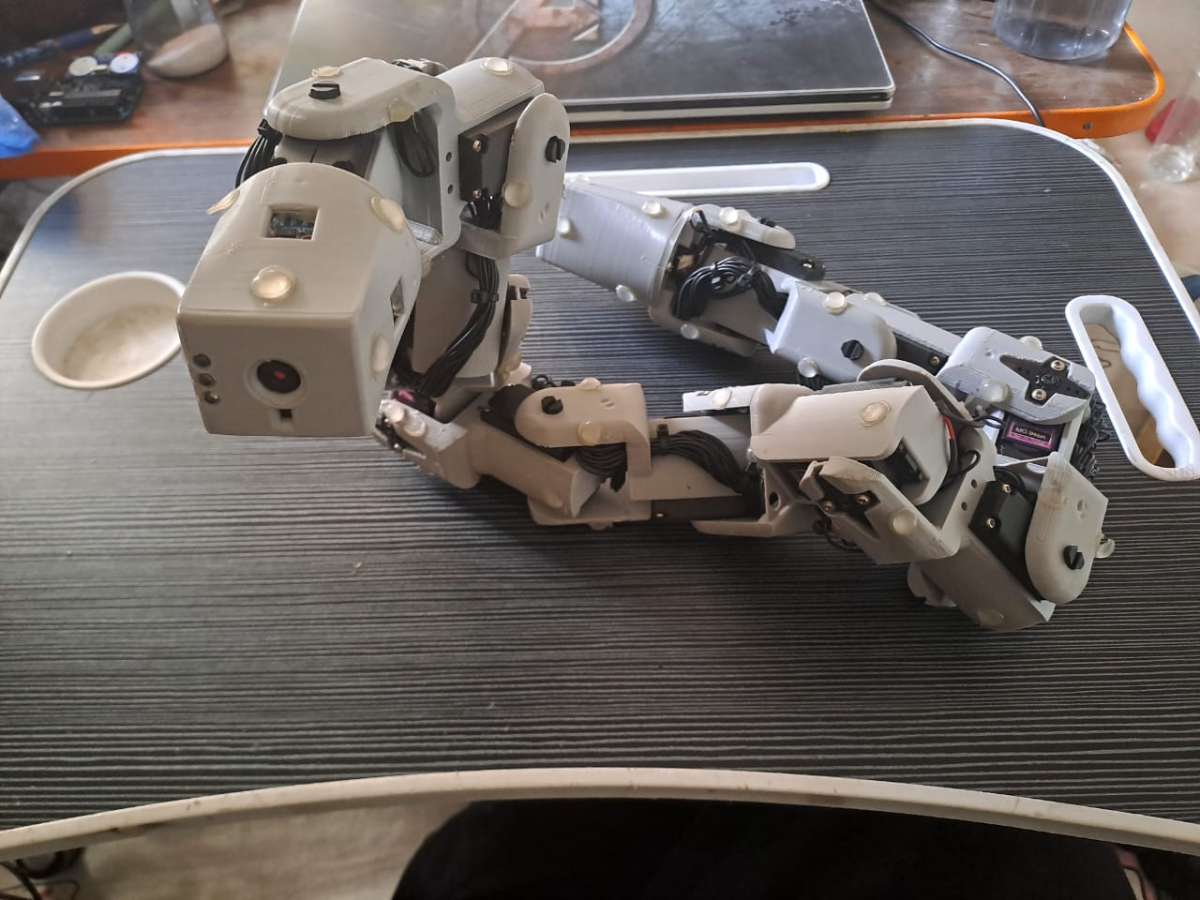
Applied Technology
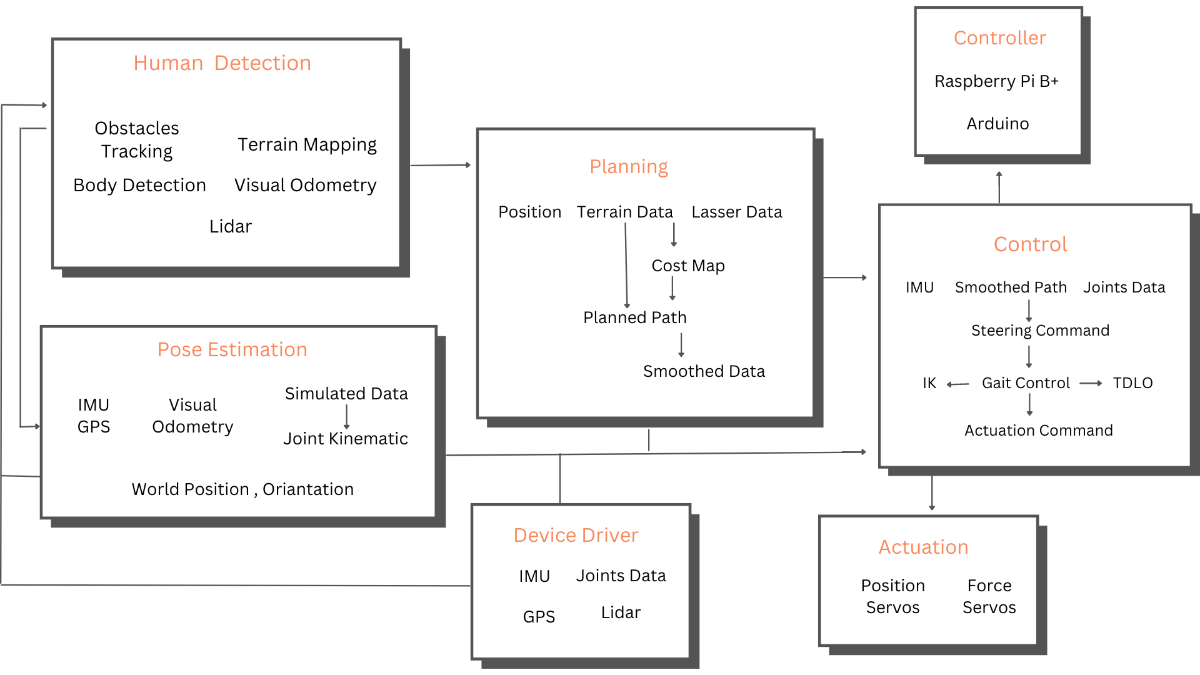
Technology Overview
- Bio Inspired Design: Our Snake Robot is inspired by the remarkable characteristics and movements of real snakes. This bio-inspired design allows the robot to excel in navigating through challenging and often unpredictable environments, just like its biological counterpart.
- Segmented Structure: The robot typically consists of multiple segments or links, each capable of independent movement. These segments are strategically connected, allowing for both flexing and extending. This segmented structure is a key element that enables the robot to create a continuous wave-like motion along its body.
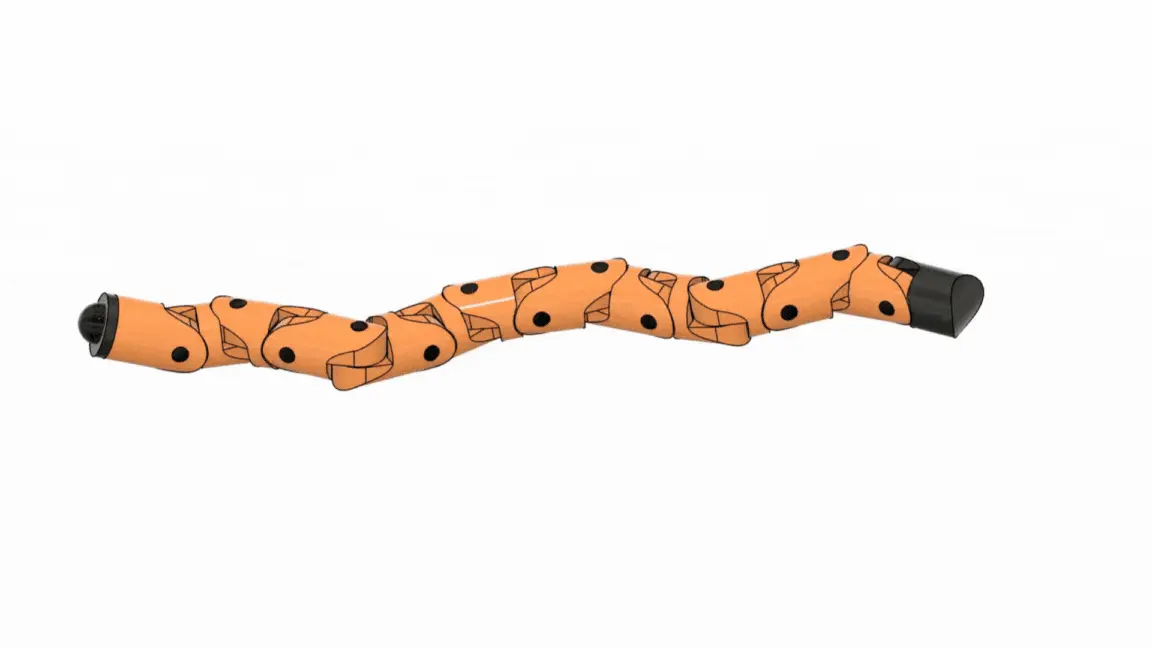
- Actuators and Sensors: Within each segment, we incorporate actuators, which are devices that control the movement of that particular segment. Sensors are also integral to the design, providing real-time feedback to the robot. This feedback is invaluable for the robot to adjust its motion based on the environment and any obstacles it encounters.
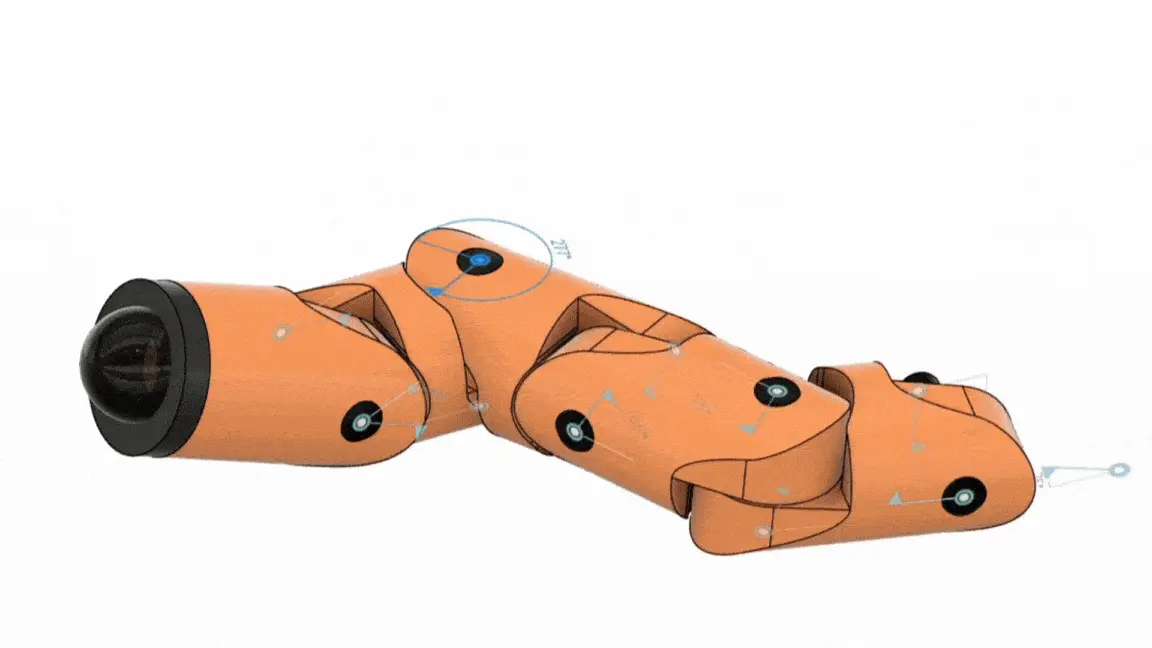
Key Feature of This robot
- Dimensional (Adaptability) and (Self-Sizing Capability): This feature enables the Snake Robot to autonomously assess the dimensions of a Confined Spaces , hole or pipe and dynamically adjust its shape and size to fit through without human intervention. It combines advanced sensors, computer vision, and adaptive mechanisms for a versatile and adaptable robotic system. By incorporating the Dimensional Adaptability and Self-Sizing Capability feature in disaster response scenarios, the Snake Robot becomes a resilient and versatile tool, capable of efficiently navigating through challenging and unpredictable environments to contribute to search, rescue, and assessment efforts.
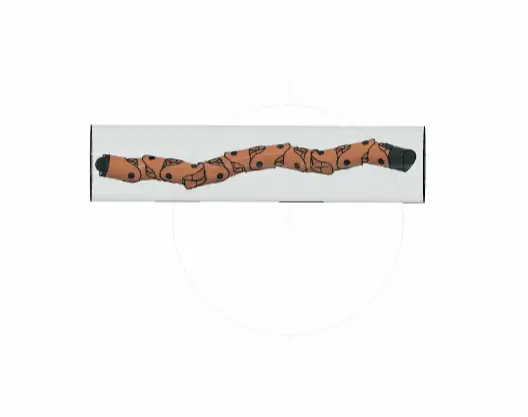
Dimensional Adaptability and Self-Sizing Capability
- Vision System: In the Biros robot, we have integrated a system that combines data from a front-mounted camera and a LiDAR sensor to calculate the depth of the surroundings. The camera captures detailed visual information, while the LiDAR sensor measures distances by emitting laser beams and detecting their reflections. By merging these two data sources, the robot creates a precise depth map of its environment. This enhanced depth perception allows the robot to navigate through complex and hazardous areas more effectively, avoiding obstacles and making informed decisions in real-time. This system significantly improves the robot’s performance in disaster scenarios, ensuring accurate and safe movement through confined spaces.

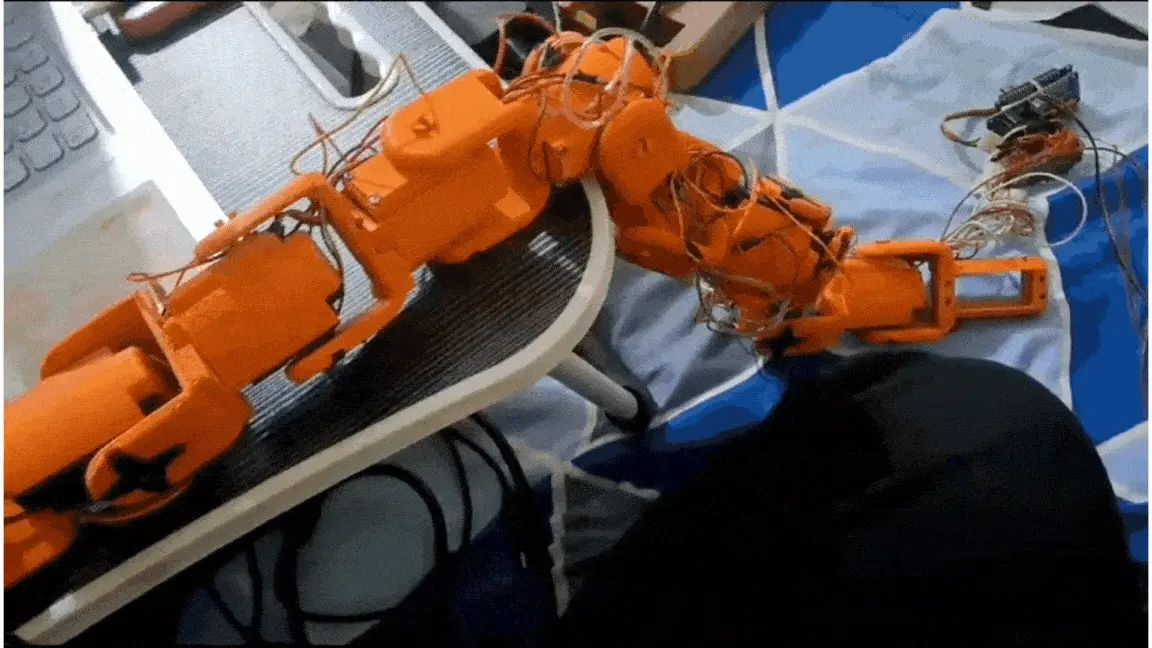
- Computer Vision Algorithms: Computer vision algorithms process the visual data in real-time, extracting information about the size and geometry of openings. This analysis helps the robot make decisions about its own configuration.
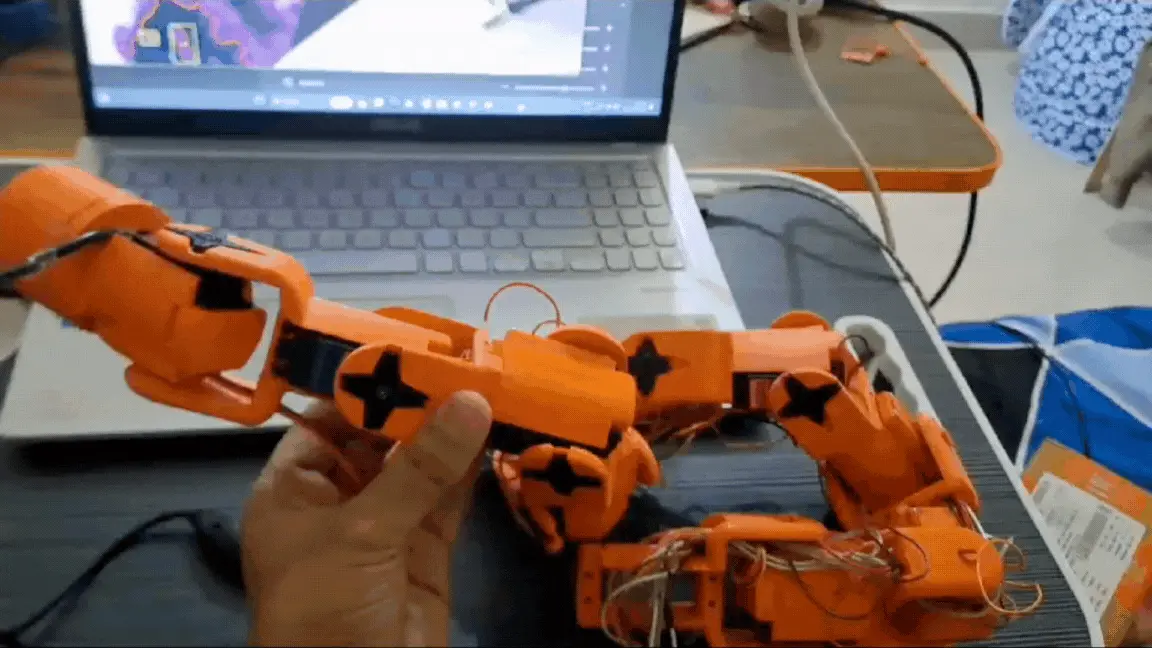
- Real-time Adjustment: The robot's adaptive mechanisms can make real-time adjustments as it approaches and enters an opening, ensuring a seamless fit without the need for external control or manual intervention.
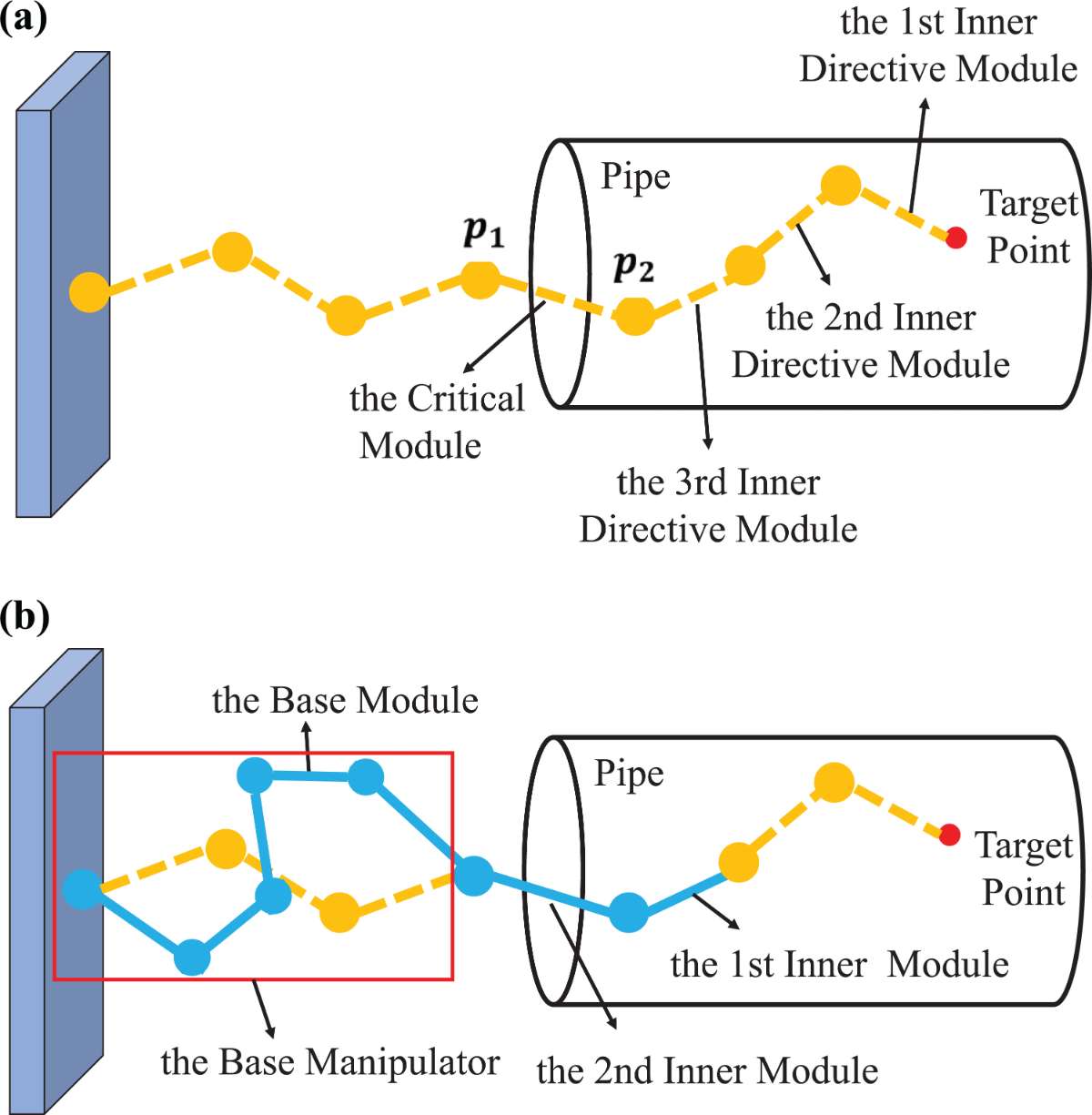
- Dimensional Assessment: The vision system assesses the dimensions of openings, including the width, height, and shape. It analyzes this information to determine whether the robot can fit through the opening.
.png)
- Adaptive Reshaping: Based on the dimensional assessment, the robot's adaptive mechanisms dynamically reshape its body. This may involve adjusting the curvature or length of segments to fit the specific geometry of the opening.
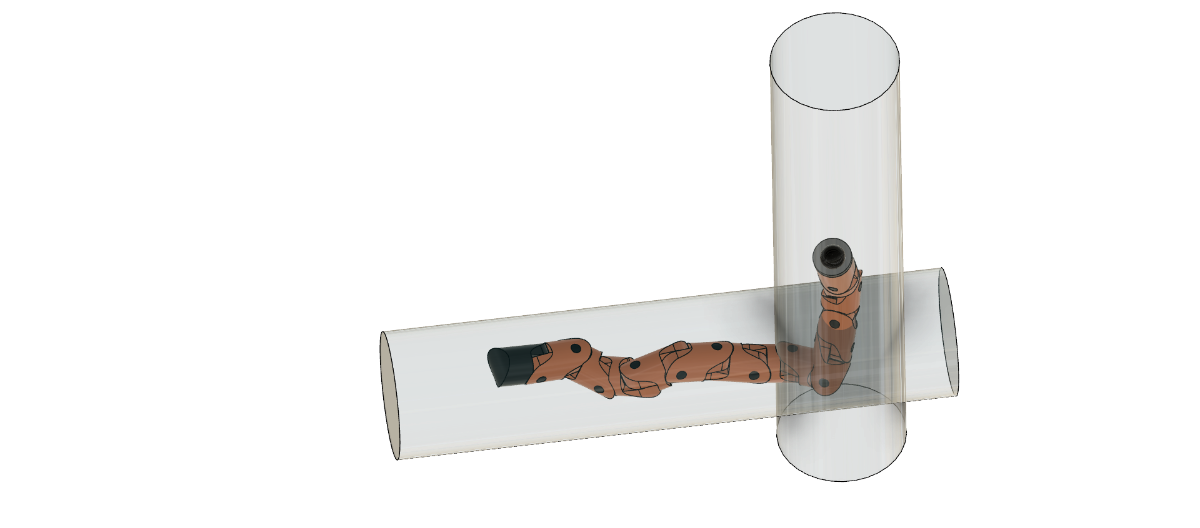
- 3D maps of its surroundings: By using its four LiDAR sensors in its head, the robot can create precise 3D maps of its surroundings. These sensors enable the robot to detect obstacles, assess structural integrity, and navigate safely. The LiDAR sensors also allow the robot to map the internal structure of holes or caves and adapt its shape to fit through them..
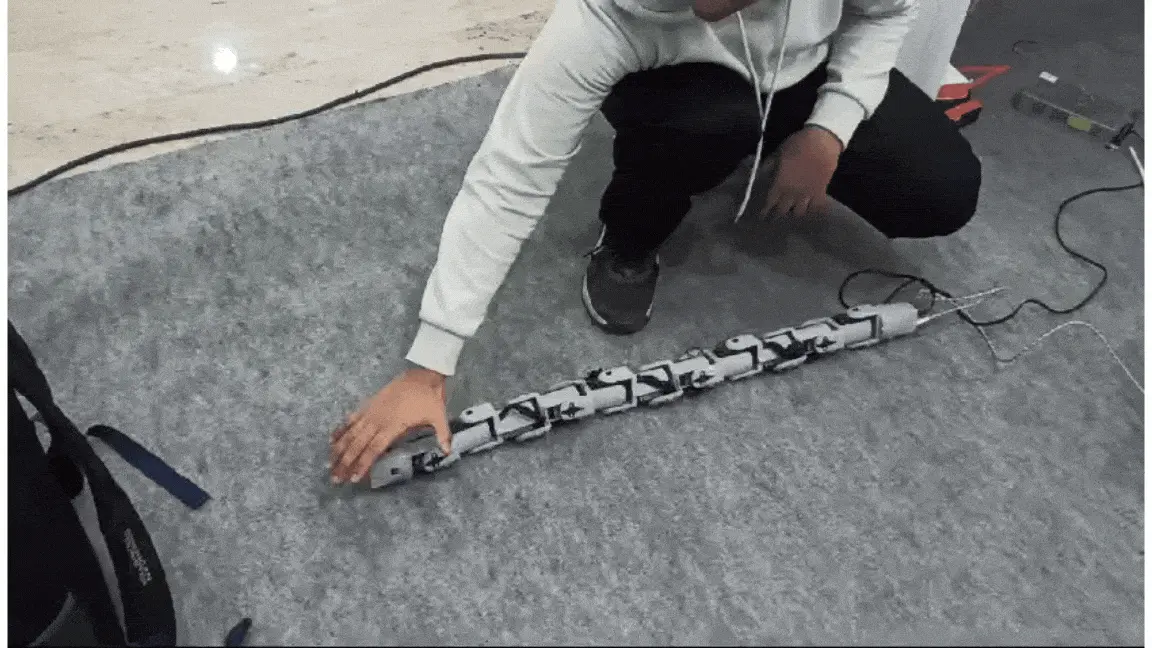
Motions of the Robot
- Forward
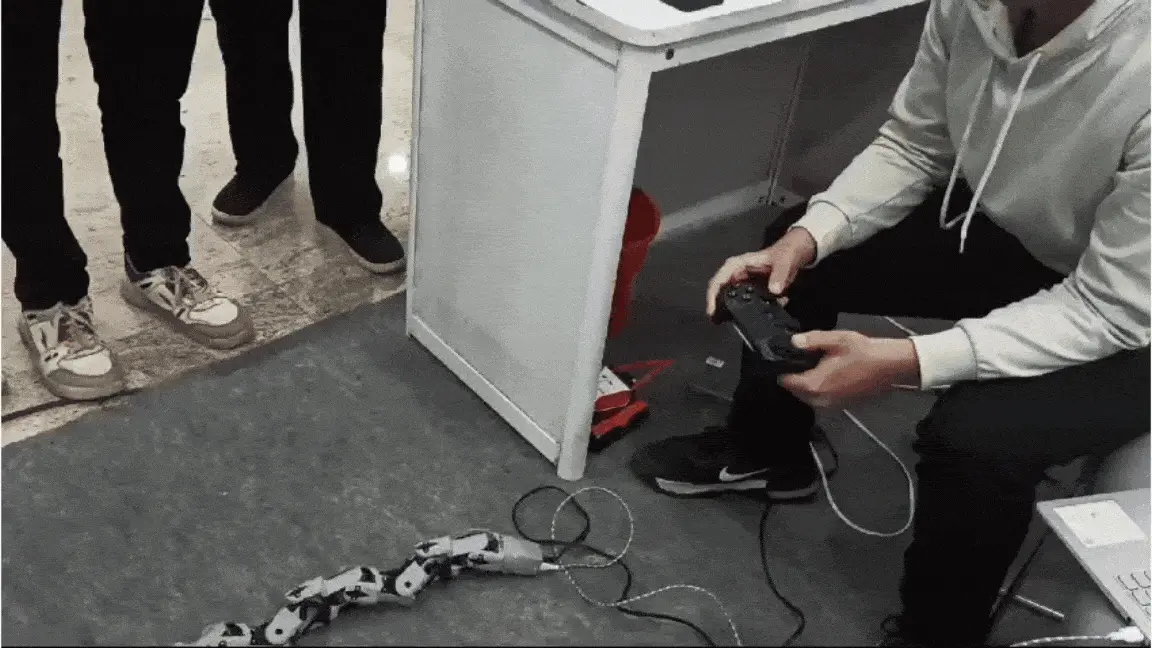
- Backward
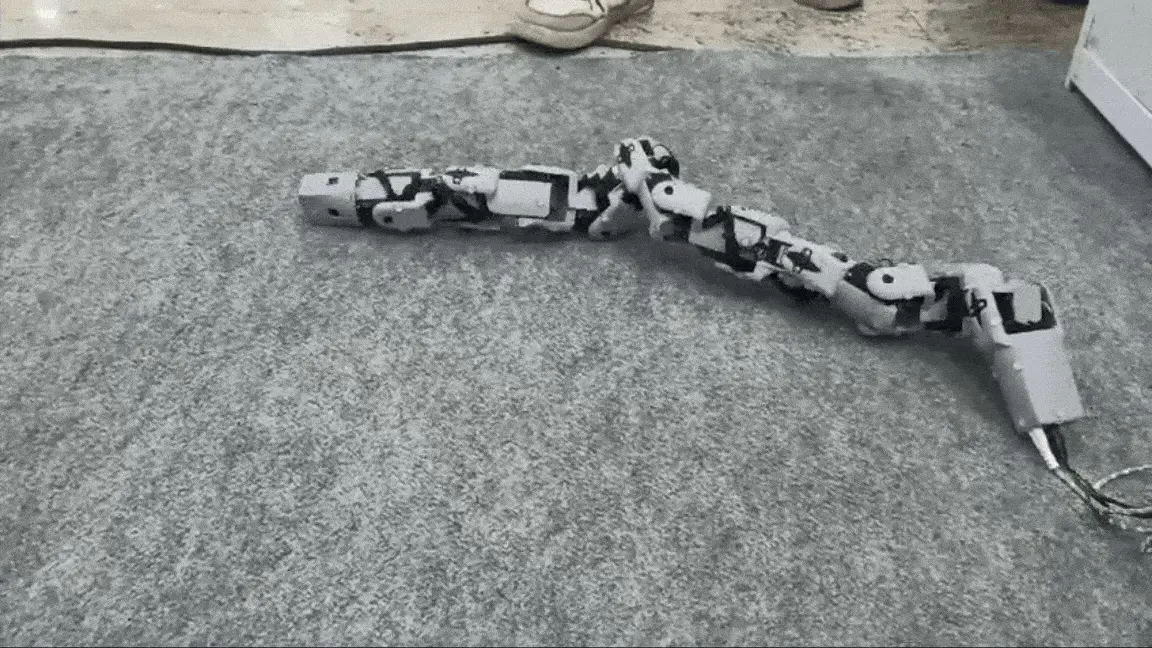
- Rolling
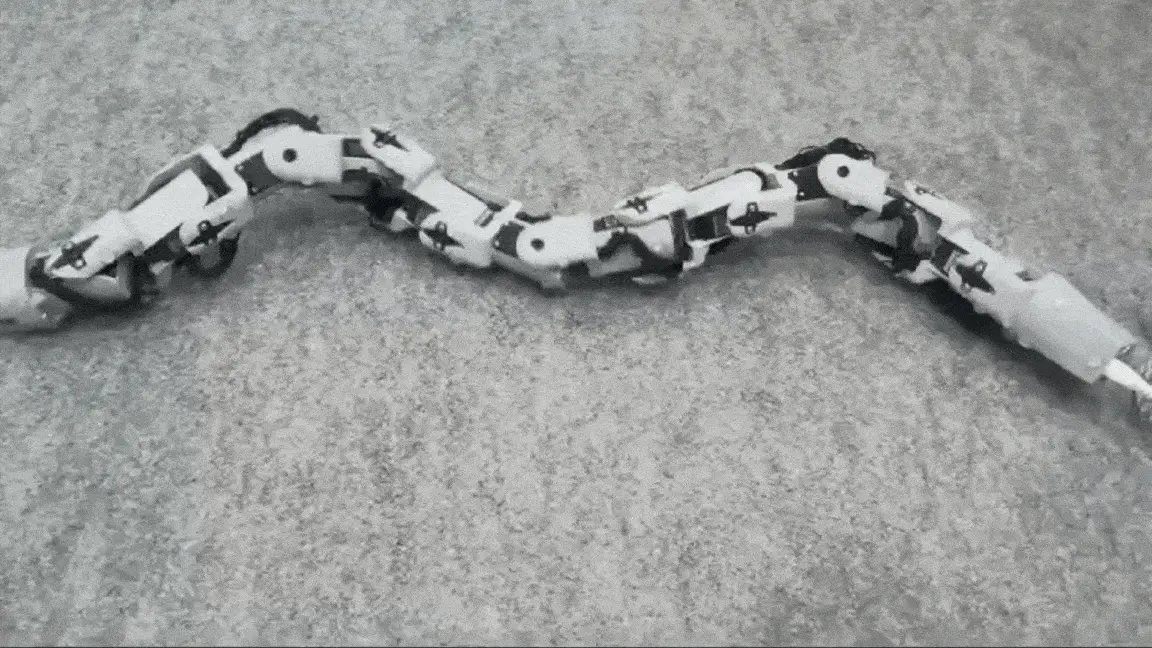
- Moving into Tunnel
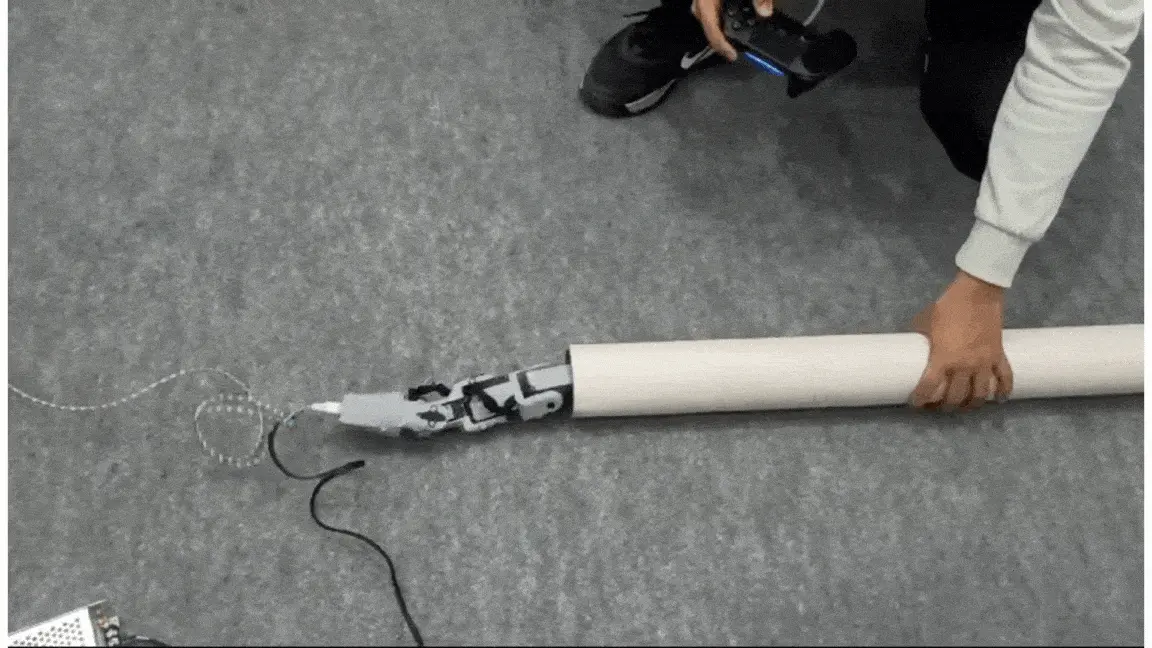
Inverse kinematics for the Biros (Simulation)
Inverse kinematics for the Biros involves determining the angles for each of its 12 segments to position the end of the robot at a desired location. To achieve this, we use Denavit-Hartenberg parameters to describe each segment's position and orientation in space. This involves creating a transformation matrix for each segment that incorporates its length and rotation.
- Transformation Matrix

- Cumulative Transformation

- Position Equations
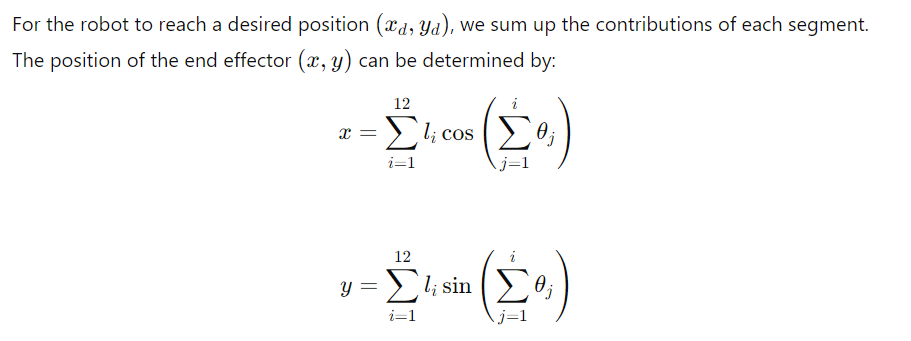
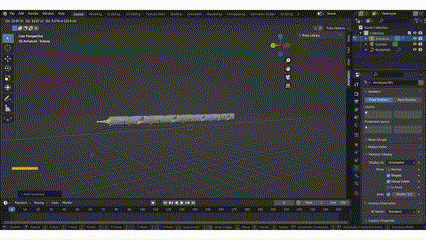
Project Explanation
Outcome: